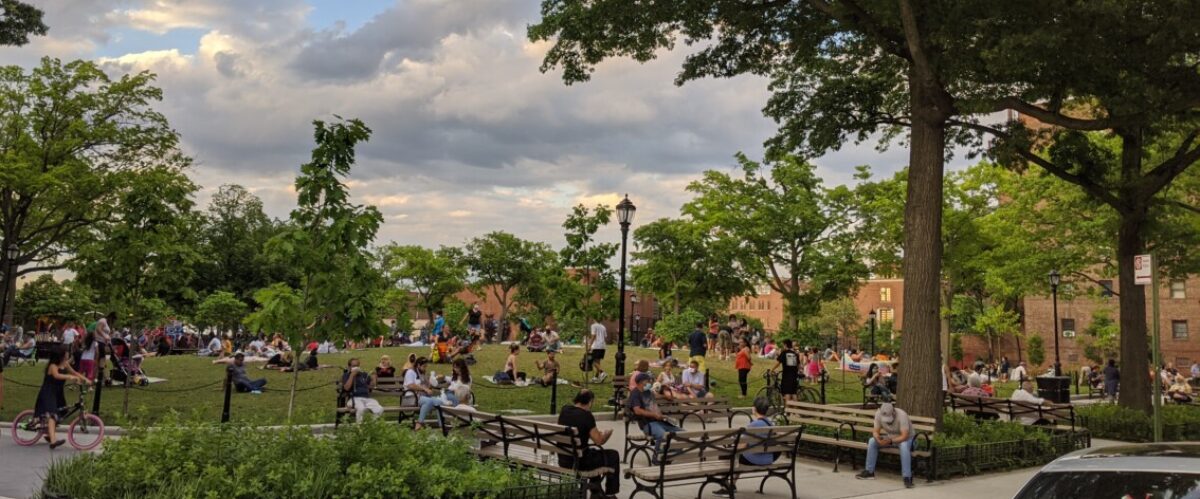Table of Contents
This week’s agenda
- Identify theories of stratification in modern societies and research on social stratification today
- Discuss why the gap between rich and poor has grown.
- Learn the forms and process of marginalization in the U.S. society.
- Apply theories of stratification to what we experience everyday.
- Understand class inequality through gentrification.
Reading
Textbook
- Section 8.1. Systems of stratification. In: Sociology: Understanding and Changing the Social World. Minneapolis: University of Minnesota Open Textbooks. https://doi.org/10.24926/8668.2401.
- Section 8.2. Explaining stratification. In: Sociology: Understanding and Changing the Social World. Minneapolis: University of Minnesota Open Textbooks. https://doi.org/10.24926/8668.2401.
- Section 8.3. Social class in the United States. In: Sociology: Understanding and Changing the Social World. Minneapolis: University of Minnesota Open Textbooks. https://doi.org/10.24926/8668.2401.
Supplementary reading
ADD SOME MORE
Study Guide
Class Discussion/Activity
Discussion/Activity 1. Two New Yorks
- Watch two short videos.
- The first video is Bushwick, Brooklyn 2015 – SNL
- The second video is El Último Pan (The Last Bread). Please click the link and you will see the video in the middle of the page.
- After watching both, discuss the following questions.
- Some argue that we have witnessed two New Yorks: New York for the rich and another New York for the poor. Do you agree with that? Who belongs in each category? Discuss their distinct political, economic, social and cultural characteristics.
Additional Video
Inside The Richest Zip Code In The US
Discussion/Activity 2. Status and Consumption
- Read two articles
- Why We Buy Our iPhones: Click this link.
- Surowiecki, James. 2009. Inconspicuous Consumption. New Yorker. 2009 Oct 5
- Discuss the following questions.
- How do people search for status and distinguish themselves from others? How do people make an effort to belong to a certain class? Do you agree that “the pursuit of cultural exclusiveness could be regarded as a characteristic feature of the lifestyles of dominant classes?”
Cite each article and use terms, conspicuous consumption and inconspicuous consumption; and provide an example for each.
- How do people search for status and distinguish themselves from others? How do people make an effort to belong to a certain class? Do you agree that “the pursuit of cultural exclusiveness could be regarded as a characteristic feature of the lifestyles of dominant classes?”
Discussion/Activity 3. Modern Slavery
- Does slavery continue today?
- Watch the following videos about Foxxconn
- iSlave (old but good)
- Watch the following videos about Foxxconn
-
- Inside Apple’s iPhone Factory in China (newer one)
-
-
- Child Labour: The Dark Side of Chocolate.
-
-
- Discuss the following questions.
- After watching three videos, share your thoughts about child labor and labor exploitation. Are child labor and labor exploitation their own issues in China and Ghana, such as corruption, bureaucracy, and the country’s economic growth? Are they any corporate responsibility by transnational corporations? What about the U.S. government? Do we, as consumers, also have responsibilities?
- Discuss the following questions.
Discussion/Activity 4. Poverty and the COVID-19 pandemic
- Read a New Yorker article, “Forced Out: For many poor Americans, eviction never ends,” and watch “What It’s Like to Be Evicted in the Middle of a Pandemic” and discuss the following questions.
- Discuss the following questions.
- Many people suspect that those evicted people are largely responsible for the consequences because of their own unique “poverty mentality” and “bad habits.” Do you think individuals get stuck in a cycle of poverty because of their own personal issues? Or do you find any social circumstance pushing people to a cycle of poverty?
- Do you believe that the pandemic has exacerbated eviction crisis?



